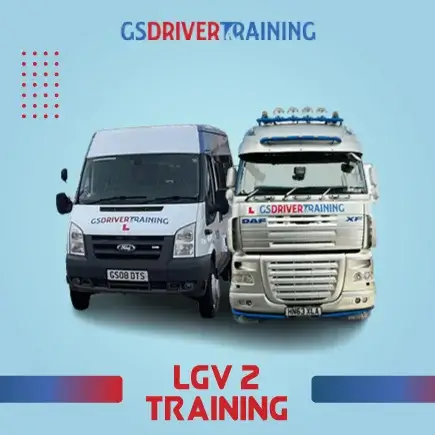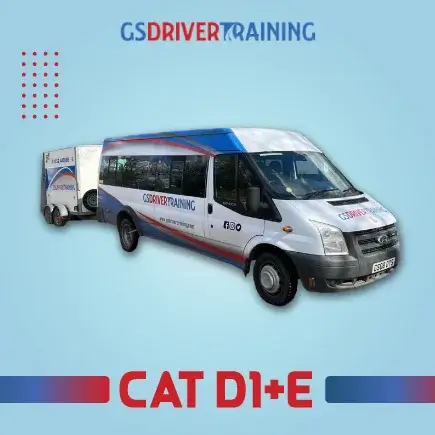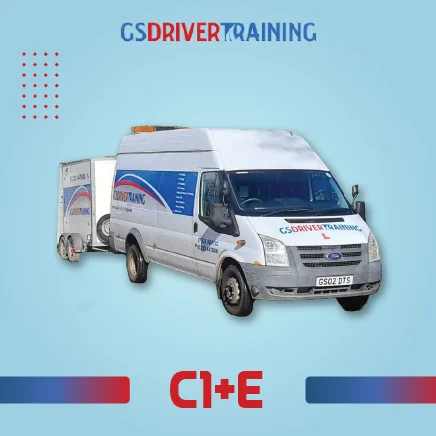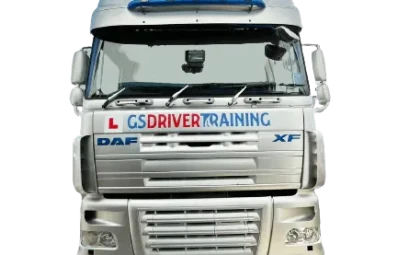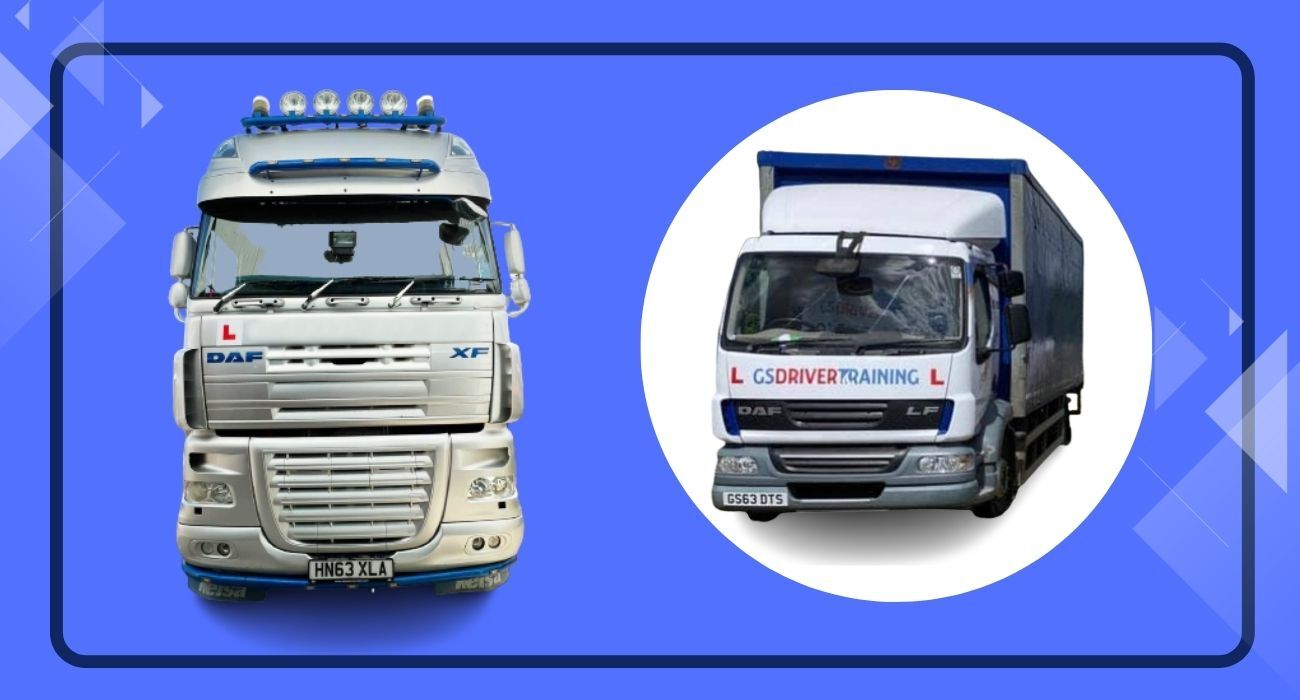
HGV (Heavy Goods Vehicle) training refers to acquiring the knowledge, skills, and qualifications necessary to operate large commercial vehicles, such as trucks and lorries, professionally and safely. Here's an overview of HGV training: Ensure that you meet the eligibility requirements to undergo HGV training. Requirements vary by region but typically include having a valid driving licence and meeting age criteria.
Choose the Type of HGV Licence
HGV licences are categorised into different classes, such as Category C1, Category C, and Category C+E, depending on the size and weight of the vehicle you intend to operate. Determine the type of HGV licence you need based on your career goals and the vehicles you plan to drive.

Find a Training Provider
Research and choose a reputable HGV training provider or school. Look for providers that are accredited and have experienced instructors.
Theory Training (Module 1)
Begin with theory training, which includes studying road safety, traffic regulations, and driver responsibilities. This training prepares you for the theory test.
Case Studies (Module 2)
Module 2 involves case studies that test your ability to apply road safety knowledge and regulations in real-world scenarios. You'll answer questions about how you would respond to various situations.
Practical Training (Module 3)
Practical training (Module 3) involves learning to operate an HGV safely and effectively. You'll receive instructions on vehicle controls, manoeuvres, and safety procedures.
Vehicle Familiarisation
Become familiar with the specific HGV you'll use for the practical test. Learn about the vehicle's controls, systems, and safety features.
Practical Driving Test (Module 3)
Take the practical driving test, which assesses your ability to operate the HGV in real traffic conditions. This test includes vehicle control, hazard awareness, and adherence to traffic laws.
Practical Demonstration Test (Module 4)
Module 4 involves a practical demonstration test where you demonstrate your practical knowledge of vehicle safety and maintenance. This includes vehicle safety checks, securing loads, and using safety equipment.
Pass Your Tests
To obtain your HGV licence, you must pass the practical driving test (Module 3) and the practical demonstration test (Module 4). Pass rates can vary, so thorough preparation is essential.
Periodic Training
After obtaining your HGV licence, you must complete periodic training to maintain your qualification. This typically involves 35 hours of CPC (Driver Certificate of Professional Competence) periodic training every five years.
Employment Opportunities
Your HGV licence allows you to explore employment like long-haul trucking, delivery services, and logistics companies. HGV drivers are in demand in many industries.
Remember that the specific requirements and procedures for HGV training can vary by region and country, so it's essential to consult the guidelines and regulations set by the relevant authorities in your area. Choosing a reputable training provider is crucial for a successful and safe HGV training experience.
HGV Training Near Me
To find HGV (Heavy Goods Vehicle) training providers near you, follow these steps:
Conduct an online search using search engines like Google or Bing. Use search terms such as "HGV training near me" or "HGV driving schools in Surrey." Explore online directories and platforms that list HGV training schools and providers. Websites like Yelp and Yellow Pages often have listings for training centres. Check government websites related to transportation and driver licensing. They often provide lists of approved HGV training providers. Seek recommendations from friends, family members, or colleagues undergoing HGV training. They may have insight into reputable training centres in your area. Visit HGV training centres in your vicinity. This allows you to see the facilities, meet instructors, and get a feel for the training environment. Contact the relevant licensing authorities or transportation departments in your region.
They can provide information on approved HGV driver training providers and may have resources to assist you in finding a nearby school. Read online reviews and ratings for HGV training schools. Websites like Trustpilot or Google Reviews can provide insights into the experiences of other trainees. Once you've identified potential training providers, contact them to inquire about their services, course offerings, fees, and scheduling options. Ask for details about the specific HGV licence categories they offer. Ensure that the training provider you choose is accredited and recognised by the relevant authorities.
This accreditation is essential for the validity of your training and qualifications. Consider multiple training providers and compare factors such as course duration, instructor qualifications, training vehicle availability, and student reviews before deciding. Remember that the availability of HGV training providers can vary depending on your location. Be sure to choose a reputable training centre that can provide quality instruction to prepare you for your HGV licence tests and future career as an HGV driver.
HGV (Heavy Goods Vehicle) licences
HGV (Heavy Goods Vehicle) licences, also known as LGV (Large Goods Vehicle) licences in some regions, are specific driving licences that permit individuals to operate heavy commercial vehicles for transporting goods. HGV licence categories and requirements can vary by country and region. Still, they generally fall into several categories, which determine the type of vehicle you are qualified to drive. Here are some common HGV licence categories:
Category C1 (7.5-tonne licence)
This category allows you to drive vehicles with a maximum authorised mass (MAM) of up to 7.5 tonnes. These are often smaller trucks used for local deliveries and transportation.
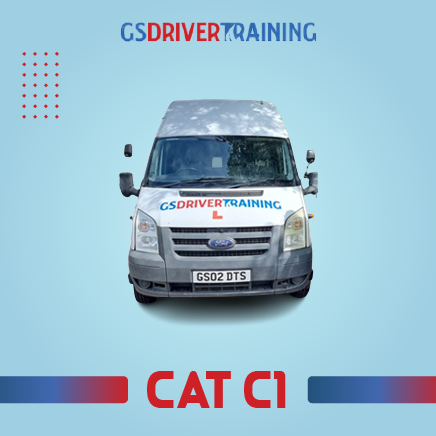
Category C (Class 2 Licence)
Category C licences are for rigid vehicles over 3.5 tonnes in MAM. This includes larger trucks used for various transportation purposes, such as delivery trucks, refuse collection vehicles, and utility maintenance vehicles.
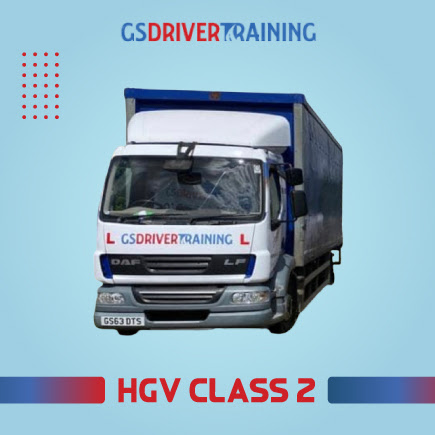
Category C+E (Class 1 Licence)
Category C+E licences are for articulated trucks, also known as tractor-trailers or semi-trucks. These are used for long-haul transportation and typically consist of a tractor unit (cab) and a trailer.
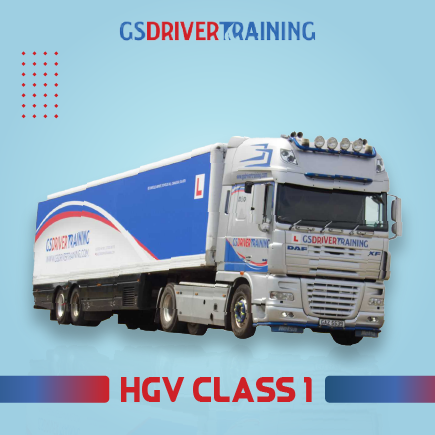
Category C1+E
This category allows you to drive a Category C1 vehicle with a trailer. It's an extension of the Category C1 licence.
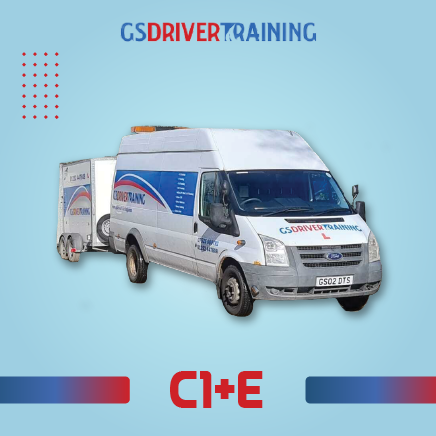
Category D (bus licence)
In some countries, including the UK, Category D licences are required for operating buses and coaches. This category is separate from HGV licences, which are specific to goods vehicles.
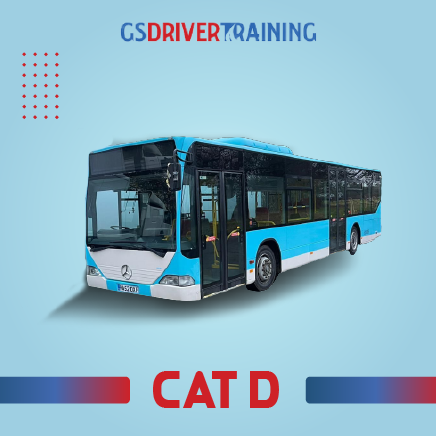
Category D+E (Bus and Trailer Licence)
This category permits the operation of buses and coaches with trailers. It combines the Category D and Category E classifications.
ADR Certification
Hazardous goods transportation often requires additional certification, known as ADR (Accord European relatif au transport international des marchandises Dangereuses par Route), which is based on international regulations for the transport of dangerous goods.
To obtain an HGV licence, individuals typically need to meet certain eligibility criteria, including age requirements, pass a medical examination, complete theory and practical training, and successfully pass the relevant driving tests. The specific requirements and procedures for obtaining an HGV licence can vary by country, so it's important to consult the licensing authority or agency in your region for detailed information on the process. Additionally, it's essential to adhere to all safety regulations and drive responsibly when operating HGVs.
FAQ
What is an HGV driver?
An HGV driver is a professional driver licensed to operate heavy goods vehicles, typically large trucks, for transporting goods. HGV drivers play a critical role in the transportation and logistics industries.
What is a 7.5-tonne sense?
A 7.5-tonne licence typically refers to a category of driving licence that allows individuals to operate vehicles with a gross vehicle weight (GVW) of up to 7.5 tonnes. This includes smaller trucks often used for deliveries.
What are HGV training courses?
HGV training courses are programmes designed to provide aspiring HGV drivers with the knowledge and skills to obtain an HGV licence and operate these vehicles safely. They usually cover both theory and practical training.
What is driver training?
Driver training encompasses a broad range of courses and programmes designed to improve the skills and knowledge of drivers. This includes training for various types of vehicles, from cars to HGVs.
What is HGV recruitment?
HGV recruitment refers to hiring and placing qualified HGV drivers with employers in the transportation and logistics industries. Recruitment agencies often specialise in matching drivers with suitable job opportunities.
What is the HGV Recruitment Centre?
An HGV recruitment centre is a facility or agency that connects HGV drivers with job openings. These centres can assist drivers in finding employment opportunities in the industry.
What are LGV driver training courses?
LGV (Large Goods Vehicle) driver training courses are similar to HGV training courses but may focus on a broader range of large vehicles, including those with a GVW below 7.5 tonnes.
What is a truck licence?
A lorry licence typically refers to a driving licence that allows individuals to operate lorries or trucks. The specific category and requirements can vary by country and region.
What is an HGV licence?
An HGV licence, also known as a heavy goods vehicle licence, permits individuals to drive large commercial vehicles, including articulated lorries and rigid trucks.
What is an HGV driver?
A driver is an individual licensed to operate a motor vehicle. In the context of HGVs, a driver is responsible for the safe and efficient transportation of goods.
What is a vehicle?
A vehicle refers to any mode of transportation, including cars, trucks, buses, and HGVs.
Drivers: In the context of HGVs, "drivers" typically refer to individuals who operate heavy goods vehicles.
What are the different vehicles used for HGV training?
HGV (Heavy Goods Vehicle) training typically involves using various types of vehicles to provide aspiring HGV drivers with comprehensive training and experience. Here are the different types of vehicles commonly used for HGV training:
Articulated Lorries (Class 1)
Articulated lorries, also known as tractor-trailers or semi-trucks, consist of a cab (tractor unit) and a trailer. These vehicles are commonly used for long-haul transportation and are a key focus in HGV training.
Rigid Lorries (Class 2)
Rigid trucks are single-unit trucks with no separate trailer. They are used for various transportation tasks, including local deliveries. HGV Class 2 training often involves these vehicles.
7.5-Tonne Lorries (Category C1)
Vehicles with a maximum permissible weight of 7.5 tonnes fall into this category. They are often used for smaller-scale transportation and deliveries. Category C1 licences are required for these vehicles.
Horseboxes
Horseboxes are specialised vehicles designed for transporting horses. HGV drivers may receive training on safely loading, transporting, and unloading horses in horse boxes.
LGV's (large goods vehicles)
LGV's encompass a broad category of large vehicles, including those with a GVW (gross vehicle weight) below 7.5 tonnes. These vehicles may be used for various purposes, such as refuse collection, utility maintenance, or small-scale deliveries.
Towing vehicles with trailers
HGV training often includes towing trailers of different sizes and types. This prepares drivers to handle combinations of vehicles, which is important for certain HGV roles.
HGV training programmes need to offer a variety of vehicles and scenarios to ensure that drivers are well-prepared for the range of situations they may encounter on the road. Training typically includes classroom instruction and practical, hands-on experience with these vehicles to develop the necessary skills and knowledge for safe HGV operation.
You can check also our Cancellation & Refund Policy
Also Read: How to get a D1 licence


